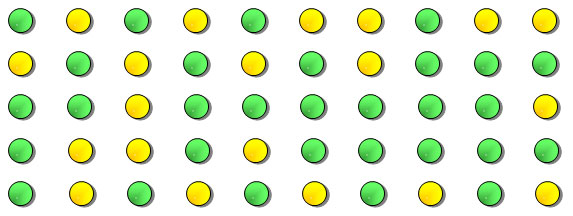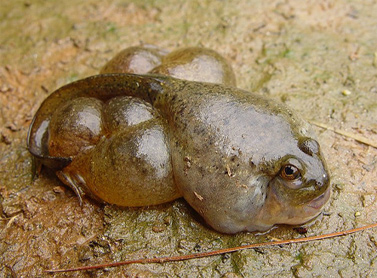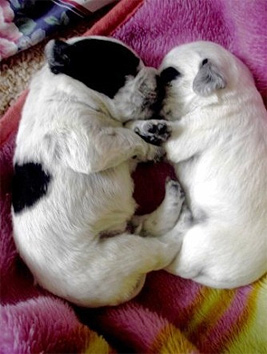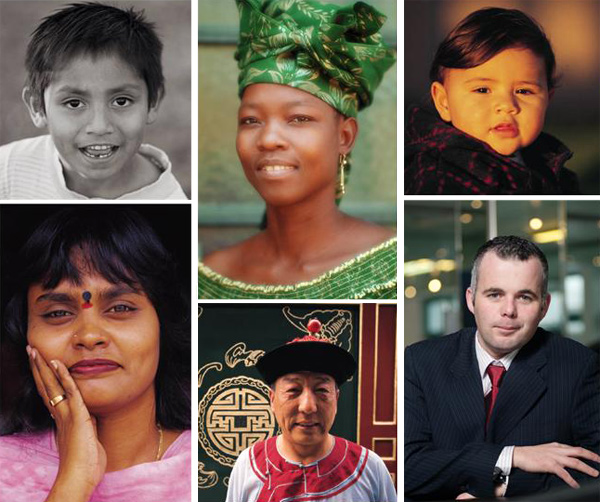
Genetic variation and evolution are both studied in populations. A population is a group of individuals, of the same species, that mate and produce offspring. Because members of a population breed with one another, they form a common group of genes called a gene pool. A gene pool consists of all the genes, including all the different alleles for each gene that are present in a population.
Researchers study gene pools by examining the number of different alleles they contain. Allele frequency is how frequent an allele for a particular trait occurs in a population.
Look at the diagram below. It represents the allele frequency in a population of 50 pea plants.

Twenty alleles or 40 percent are Y (yellow) and 30 or 60 percent are y (green). The allele frequency has nothing to do with whether the allele is dominant or recessive. In this population the recessive allele (green) occurs more frequently than the dominate allele (yellow.) When you define evolution on the genetic level, evolution can be described as a change in the frequency of alleles in populations over time. Natural selection affects individual organisms, but the changes it causes in allele frequency show up in the population as a whole.
What are the sources for genetic variation? Let’s look at the three ways genetics enable us to understand how variation is produced.

Source: Mutant Frog, Zen, Flicker | Mutation is defined as random changes to DNA. These changes can occur during DNA replication or can be caused by environmental factors. Mutation creates variation. These mutations are constantly appearing. Changes in the DNA sequence can cause changes to the amino acid sequence, which can lead to changes in proteins. These changes in proteins may then change the phenotype of the individual and therefore change the fitness of the organism. Mutations matter in evolution only if they can be passed from generation to generation. For this to happen, mutations must occur in gametes. |
Sexual recombination allows for the mixing of alleles, which recombines the alleles into new arrangements in every offspring. These new combinations can lead to new phenotypes, which spreads variation. For example, the puppies pictured here are from the same litter, yet they do not have the some coloring. Remember, each pair of chromosomes moves independently during meiosis. In humans, who have 23 pair of chromosomes, this process can produce 8.4 million gene combinations. |

Source: Cocker Spaniel/Australian Cattle dog mix puppy, ilovemycamera, Flicker |
Gene flow is the movement of individuals and alleles in and out of populations. Examples could include seed and pollen distribution by wind and insects or migration and immigration of animals. These organisms that join a population may have different alleles than the original population and individuals who leave may remove alleles. This movement causes genetic mixing across regions of the Earth and thus reduces differences between populations overall. Gene flow in human populations is increasing today due to increased ability of humans to travel to all parts of the world.

Source: Microsoft Office Online